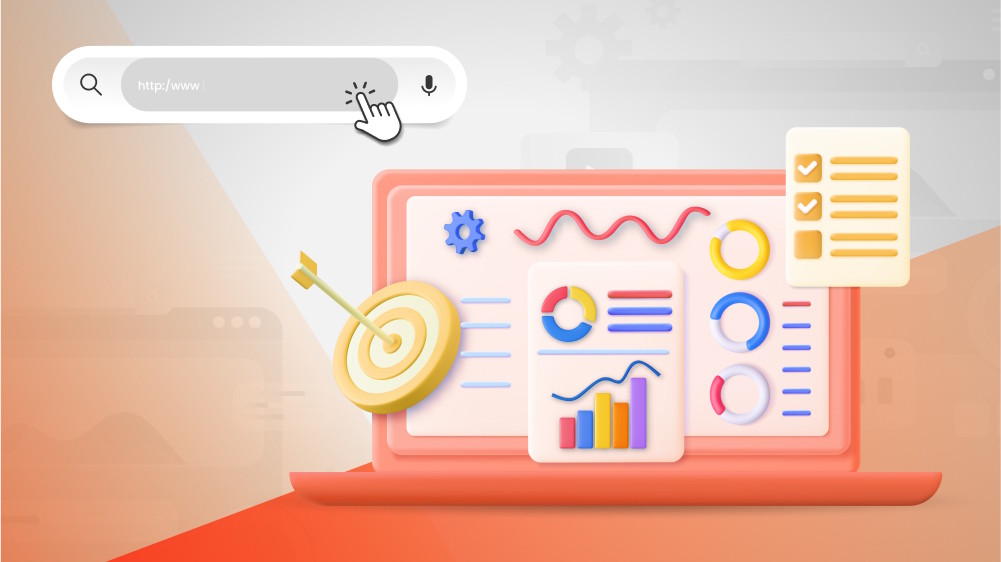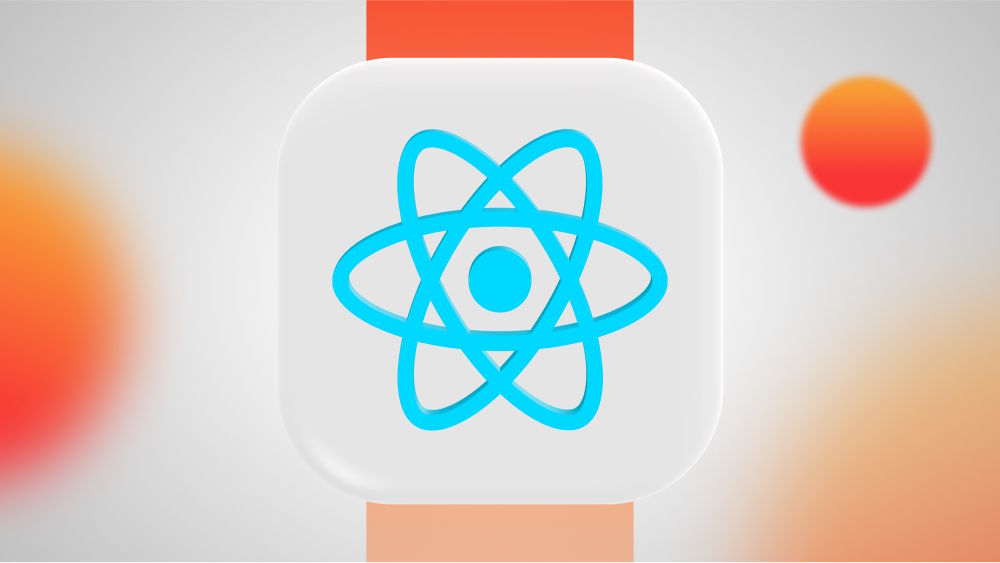
How Much Does It Cost to Build a Web App? Key Factors, Real Examples & Budget Tips
You have a web app idea? Now, let’s talk money! Here’s how to estimate your web app development cost without falling into the trap of vague numbers.

Content Map
More chaptersLet’s say you have an amazing idea for a revolutionary web app. After solidifying the idea and researching competitors, you are on to the next task: figuring out the cost. Finding an exact number or an average number seems quite challenging. You see a wide array of estimates, ranging from a few thousand to hundreds of thousands of dollars. How do you even figure out an accurate estimate?
Worry not, you are far from the only one struggling. As a paying customer, it is only natural for you to demand an upfront cost. Sure, you can get a rough estimate at the beginning. However, like building a house, the final cost comes down to the size, materials, and unexpected changes along the way. So, today’s article won’t give you an exact number – let’s get that out of the way. This article will aim to give you the knowledge and tools to make an educated estimate for your web app project and show you how you can save costs with smart strategies. Without further ado, let’s begin!
Key Takeaways:
- Web application development cost isn’t straightforward. It is affected by several factors, from internal ones like the type of web app and features, to external ones like developers’ locations, third-party integrations, and pricing models.
- There are several ways one can break down development costs. For example, you can estimate the costs based on the complexity and number of features, or you can make educated predictions by going through the development cycles step by step.
- A limited fund doesn’t mean it is impossible to build an app. It is a great starting point to validate your ideas and get real user feedback.
- With careful planning, prioritizing MVP, and outsourcing, you can save up to 20 to 30% of the total development cost.
Key Factors That Affect Web Application Development Cost
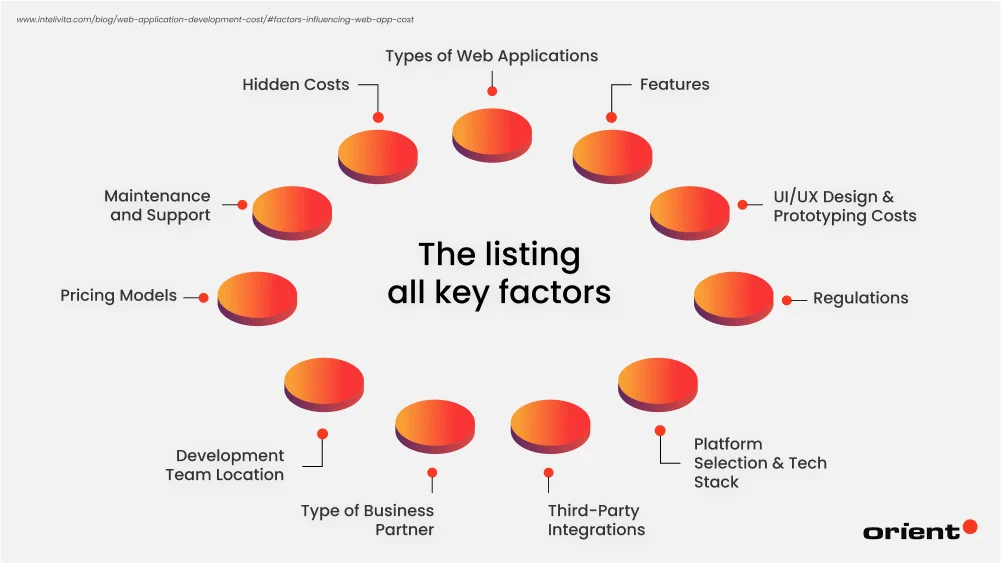
A wide array of factors comes into play when estimating a web app’s project cost. Understanding these factors not only helps you comprehend the various elements that influence the final costs, but it also encourages you to develop smart strategies to reduce costs.
Types of Web Applications
The type of web app contributes significantly to the project costs. The cost can change anywhere from 30 percent up to 200 percent depending on the web app’s complexity, interaction, and scalability.
Static Web App
- Development cost: Low, as it uses traditional web app tech
- Maintenance cost: No complex logic means there is minimal maintenance cost.
- Infrastructure cost: Low, doesn’t require a backend server.
A static web app refers to an app that is pre-rendered and delivered to the end-user without being rendered on the server-side. This kind of app requires server-side rendering and database management. Development costs typically fall in the range from $3,000 to $10,000, making it one of the most affordable web app projects. A prominent example of static web apps is the Google developer site.
Single Page Web App (SPA)
- Development cost: Low – due to the usage of traditional web tech.
- Maintenance cost: Can be high for large apps
- Infrastructure cost: Backend dependent, so it needs robust servers to reload pages frequently.
A single-page app only loads one page and then fetches new data as users interact with it, rewriting that page without loading a new one. SPAs don’t require a complex back end, but more demand is put on the app’s frontend. The cost of this type of app costs around $15,000 to $40,000. SPA examples include Gmail and Airbnb,
Multipage Web App (MPA)
- Development cost: High due to intricate frontend logic
- Maintenance cost: Lower in the long term, thanks to component-based architecture
- Infrastructure cost: Cost-efficient, as there is not as much pressure on back-end processing.
Unlike single-page applications, multipage web apps consist of multiple HTML pages, and each page is created and sent by the server. This type of web app is often utilized by content-heavy apps with the goal of being SEO-friendly. With requirements involving structured navigation and strong backend support, the price range for MPAs could be anywhere from $10,000 to $50,000. MPA examples include Booking.com and the New York Times.
Progressive Web App (PWA)
- Development cost: High
- Maintenance cost: Lower in the long run
- Infrastructure cost: Fewer server requests lower infrastructure cost as time goes on.
A progressive web app is an app that looks and behaves like a mobile app, but is actually built using web technologies. This means the app might include features such as push notifications, smooth performance, and offline access. PWAs often have the highest upfront investment, $20,000 to $60,000. The price range depends on the level of mobile optimization. Forbes and Starbucks are two well-known examples of PWAs.
Features
The development cost can shift significantly depending on the features you choose to add, which are often determined during the early stages of the development cycle. This is when the team sits down together and selects the most essential features and functionalities. Do keep in mind that each feature added translates to more cost added. Below are a few examples.
- Basic features: user authentication systems ($1,5000 - $4,000), basic UX/ UI design ($2,000 - $5,000)
- Advanced features: eCommerce capabilities ($4,000 - $12,00), multilingual support ($5,000 - $13,000)
- Deep-tech features: AI & ML ($8,000 - $10,000)
The more specialized a feature, the more knowledge regarding testing and maintenance is required. In other words, the more complex a feature is, the higher the project is going to cost. Businesses must prioritize and invest in features that optimize business value.
UI/UX Design & Prototyping Costs
Using the same logic, the level of complexity and customization of the UX/ UI design will directly impact the final project costs. Utilizing templates is a cost-efficient approach for businesses, yet companies won’t be able to bring in brand-defining design elements into the app. A customized design gives brands a lot of free range in visual experiments and brand expression, but this also means the investment is much higher. Including interactive designs, animations, custom UI components, or brand identity integration results in higher numbers.
Keep in mind that beyond visual impact or brand image, design decisions directly impact technical implementation.
Regulations
It is often suggested that you choose a service provider with field-related experience. Part of this advice comes from understanding regulations. Experienced vendors can guide you through the complicated regulations and laws, whether you operate in healthcare, fintech, or retail.
Let’s take healthcare, one of the most strictly regulated domains, as an instance. Building healthcare software requires you to comply with the following regulations: HIPAA, EVV, and follow HL7 standards at the most basic level. If you decide to operate in the EU, then your app also needs to comply with GDPR. As the list of regulations and standards increases, the complexity of the web app inevitably rises, leading to higher costs.
Platform Selection & Tech Stack
The choice of platform often affects the upfront investment. For example, the cost for developing an app for the iOS platform is higher due to its specialized tools and Apple’s rigid guidelines.
When it comes to tech stacks, there are a few popular and proven stacks to choose from. Some are more affordable due to their open-source nature, like the MEAN (MongoDB, Express, AngularJS, and Node.js) stack. Others, like the .NET stack (.NET framework, C#, ASP.NET, and SQL Server), tend to be pricier because of licensing fees that raise the overall investment.
Choosing the right stack also impacts long-term scalability and developer availability, which can influence maintenance costs down the road. It is important to weigh both the current budget and future needs before committing to a platform or stack.

Third-Party Integrations
Integrating third-party services adds to the total development costs, as they necessitate API usage charges, licensing fees, and testing efforts. These external functionalities can create streamlined operations, but they also add development complexities and dependencies. This is due to the intricacies that involve each integration – authentication tasks, data synchronization, error management, API compatibility, etc. We advise you to consult with your tech team or business partner to thoroughly examine and understand any complications related to the integration process before providing any cost estimates.
Type of Business Partner
There are three types of business partners to choose from: freelancers, in-house team, or outsourcing. Each approach bears its pros and cons.

In-house Team
Building an in-house team easily comes to mind when there are web app development projects. The company has complete control over the team and project, communication often flows better, and sensitive data is better protected.
However, not every company can afford to build an in-house team. A major reason is the long and expensive recruitment process, as building the right team can take up to months. Talent can be hard to secure as well, especially when it comes to specialized skills.
Freelancers
Hiring freelancers is often one of the cheapest options. Additionally, they give you easier access to specialized talents, the flexibility to scale up or down during a project easily, and the ability to onboard quickly.
It is important to keep in mind, however, that hiring freelancers comes with challenges. Their quality of work varies, sometimes dramatically, so make sure you screen the candidates carefully. Freelancers can be based in a different time zone, so communication might not be as smooth. Another thing to keep in mind is that freelancers often juggle multiple projects at once, which can result in delays or inconsistent work results.
Outsourcing
Outsourcing is an ideal choice, especially if you are a new business. Outsourcing companies cater to a variety of development needs and provide you with a team of stable, seasoned professionals. They can work alongside the in-house team to consult and work on specialized tasks while your team focuses on core business activities.
Similar to hiring freelancers, you must choose your business partner carefully to ensure consistent quality, secure deliverables, and smooth communication.
Development Team Location
Factors affecting a web app’s development cost don’t only come from the app itself. The location of your development team significantly plays into the overall cost. If you are still unsure how, try to determine if hiring a developer from Germany or Vietnam is cheaper. Location affects prices more than you think it does.
Living costs, currency exchange rates, and IT maturity are some factors that affect the rates of software development teams. Regions like Southeast Asia, Latin America and Eastern Europe typically have a more affordable labor cost. You can take a look at the estimations below for a better idea.
- Vietnam: $20 to $40 per hour
- United States: $75 to $150 per hour
- Brazil: $30 to $55 per hour
- Ukraine: $30 to $50+ per hour
- United Kingdom: $80 to $140 per hour
- India: $20 to $50 per hour
- China: $25 to $55 per hour
Pricing Models
Different pricing models accommodate different project specificities, budgets, and resource availability.
- Fixed price: As its name suggests, the fixed price model offers a set cost for a predetermined price. Businesses will benefit from cost predictability and a defined scope. However, this model doesn’t offer flexibility should any changes in scope or requirements arise. It also requires a higher upfront investment.
- Time and material: With this model, the client pays for the work and resources the software development partner used during the project. As a result, clients have the flexibility to make changes in the project or project scope. The largest drawback, however, is the unpredictable cost and potential overspending.
Maintenance and Support
Launching and deploying an app isn’t the end of the project; it is the beginning. Properly maintaining your app keeps the app secure, performing smoothly and reliably.
App maintenance involves a wide array of tasks like software updates, regular security checks, fixing broken links, etc. Based on the complexity of the maintenance tasks, the price can range from $500 to $ 5,000 per month, or $5,000 to $60,000 per year.
Hidden Costs
Certain hidden costs come with each software development project. The most typical ones are project management fees, cloud hosting (which often doesn’t come cheap), security and compliance, and other legal fees. Take every aspect of the development project into account for the most accurate estimation.
Cost Breakdown by Web App Type
Understanding what factors affect the cost of a web app project allows one to make more accurate estimations. Still, it is always better to have specific examples and use them as a starting point.
In this section, we examine the estimated cost of some popular types of apps. Do keep in mind that these are very broad numbers. The price depends on numerous factors and potential changes that happen during the development process.
| Estimated cost | Development time | Features | Example of web app type | |
|---|---|---|---|---|
| Simple Web App | $3,000 - $15,000 | 3 to 6 weeks | - Simple UI - Basic login feature - Static content | - 20-page website - Blog website - MVP |
| Medium Web App | $15,000 - $60,000 | 6 to 18 weeks | - Third-party integrations - User dashboards - Landing page - Admin panel | - eCommerce apps (mid-size) - Web apps for small companies |
| Complex Web app | 60,000 - 250,000 | 18 to 25 weeks | - Large database integration - Payment options - Numerous types of user accounts - Handle large traffic | - eCommerce apps (large) - Social media apps - Management tools - Custom web apps |
Development Cost by Project Phase
Another way to examine the development costs is to break them down phase by phase in a development cycle.

Planning Phase
In this phase, the team conducts in-depth research to determine the app’s complexity. The team will review functional and non-functional requirements, identify risks and their mitigation strategies, project management, human resources, and the necessary software documentation.
This phase often accounts for 5 to 10% of the total costs.
Design Phase
The design phase involves more than user interface design. The team examines the design of databases, technical implications, and prototyping. The more complex a design, the more it will cost.
This phase accounts for another 5 to 10% of the total costs.
Development Phase
This phase directly correlates with the two previous ones. The more complex the functions and designs, the longer it will take. This is the longest phase of the development cycle, as it typically involves numerous steps:
- Selecting a platform and building a software architecture
- Building a software algorithm
- Project management tasks
- Allocating human resources
- Creating various documentations for the development process and users
This phase makes up most of the development costs, 40 to 50%.
Testing & Deployment Phase
A high-quality web app has been tested thoroughly to ensure consistent performance and reliability. This phase ensures the app is compliant with the various regulations and standards, and passes basic tests, e.g., user acceptance test, unit tests, and integration tests.
This step makes up about 5 to 10% of the total development costs.
Maintenance Phase
Every app needs constant maintenance and updating to deliver the best user experience. Whether it is fixing bugs, adding new features, or examining its compatibility with newer technology, the costs during this phase might vary depending on the level of support or the number of updates and features added.
The last phase costs around 15 to 25% of the development cost yearly.
Building a Custom Web App on a Limited Budget
The tech world is extremely competitive. Successful and innovative apps on the market put an immense pressure on businesses to keep up or produce even more complex and innovative apps. However, not every business has the funds to do this, and maybe even give up on developing an app altogether due to limited funds.
But you know what they say: nothing is impossible. In this section, we would like to discuss what you can do with a limited fund with a long-term plan of building a custom web app.

$15,000 to $50,000 (A Prototype)
Building a custom web app with rich features for just $15,000 is, frankly, just wishful dreaming. However, don’t be deterred just yet. With a budget between $15,000 and $50,000, you can still kick off your project, just with a different approach. This budget gives you the funds to create a template-based prototype or a quality discovery phase to validate your concept.
Start small. Start with a lean prototype that is the most simplified version of your full-scale app. You can use low-code or no-code tools to save money even further, but what matters is that you can test the app idea and get real user feedback and possibly attract early investors.
Do keep in mind that this is only a temporary solution. Low-code or no-code tools are limited and they aren’t built to scale. However, this strategy allows you to test if you’re on the right track and if you are ready to raise funds to build a full-scale, custom app.
In short, a small budget isn’t the end of it all. With what you have, you can still build a working prototype, a smarter plan, and even a product that is ready to be presented to investors.
$50,000 to $100,000 (Minimum Initial Investment)
Let’s bump up the budget a little bit, $50,000 to $100,000. This fund is a solid starting point for a custom web app development. You have a little more free range now, but this fund requires you to work with template-based design and third-party integrations for user authentication or payment only. Focus on the core functionalities, as the main goal of this budget range is to quickly launch the app and obtain real user feedback.
Set clear goals and a focused scope from the beginning in order to test early, validate your idea, and attract early investors so our product can quickly gain momentum.
Work with what you have and set realistic goals that match your budget. Limited funds shouldn’t hold you back from building the custom web app you envision. They can be the first stepping stones toward a full-scale solution.
Web App Cost Examples: Netflix, Amazon & Facebook
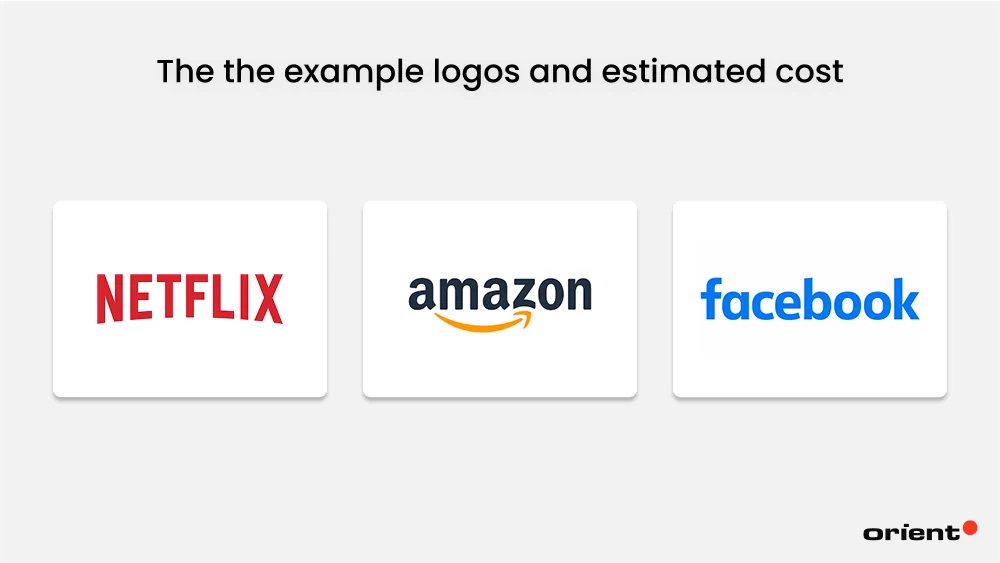
Have you ever wondered how much industry giants spent on their web apps? If you are just as curious as we are, here is a quick look at some of the numbers we’ve been able to collect.
- Netflix: A well-known subscription-based streaming service, Netflix provides a vast selection of TV series, films, documentaries, and original material in numerous languages and genres. It can be viewed on computers, tablets, cellphones, and smart TVs, and all you need is an Internet connection. If you wish to develop a web app with similar capacities, set aside $10,000 to $25,000.
- Amazon: eCommerce apps are a time-consuming endeavor, even more so than a streaming app. Founded in 1994, Amazon quickly grew into a platform that sells almost anything, from groceries and furniture to gadgets and clothes. As we’ve mentioned in the table earlier, an e-commerce app requires an array of intricate features, so be ready to invest $30,000 to $80,000 in such an app.
- Facebook: As one of the biggest social networking sites, Facebook allows users to make profiles, connect with friends or communities, join groups, and share updates, images, and videos. It also has features including a marketplace, live broadcasting, and messaging. If you wish to build a social media app with basic features, the cost will be between $20,00 and $25,000. However, an app with advanced features can cost up to $75,000.
Cost Saving Strategies You Need to Know
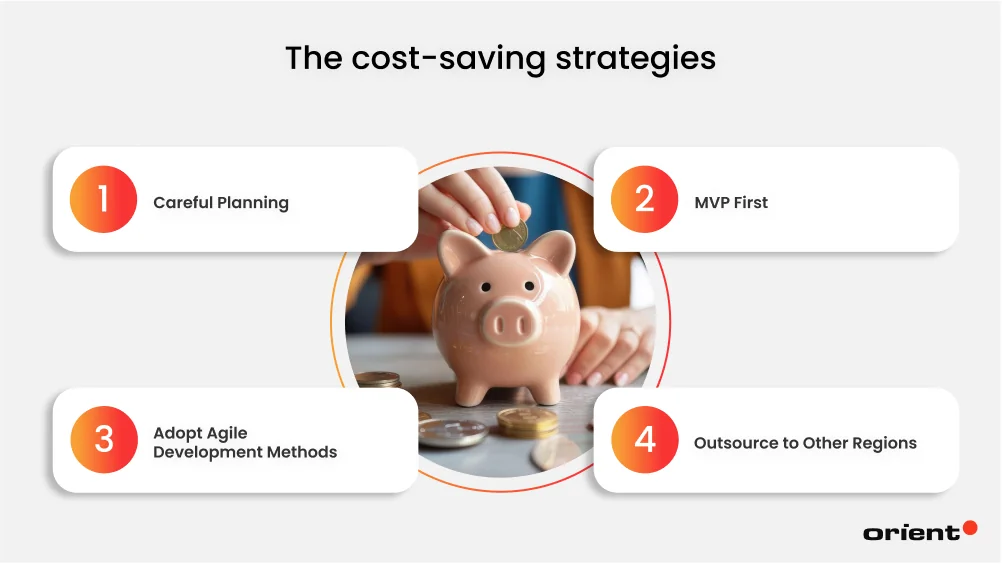
Development costs can be complicated, and it is easy to get overwhelmed by all the upfront investments. Worry not, as there are always ways to maximize profit while still saving a certain chunk of money.
Careful Planning
Take planning seriously. A well-planned web app project helps you estimate costs accurately. Not only does planning produce higher quality products, mitigate risks, and allocate resources efficiently, but it also prevents scope creep, expensive rework, while ensuring the tight deadlines are met.
To accelerate development speed while still saving costs, gather requirements and user stories extensively, make sure every goal is clear and defined, and monitor regularly to make timely adjustments.
MVP First
An MVP (minimum viable product) is how you test ideas fast without going all out with a full-fledged development process. This is a tried-and-true strategy, as many successful startups like WhatsApp or Slack also started with an MVP before expanding with their current full-fledged features. The main advantages of an MVP are:
- Fast time to market
- The ability to test your idea without spending money on a huge budget.
- Getting real feedback from users and quickly improving the app
- Attract investors
Building an MVP only takes four steps, and you can discover more about it in our in-depth article!
Adopt Agile Development Methods
Agile methodology is a modern software development approach that breaks down the process into manageable sprints, focusing on flexibility, collaboration, and customer feedback. By identifying issues early on and encouraging continuous improvement and the most important tasks, your team can optimize costs and boost productivity significantly.
Outsource to Other Regions
Outsourcing is a proven cost-saving strategy. It gives you quick access to a high-quality and affordable talent pool without spending weeks, even months, on sorting through resumes and interviewing. If you refer back to our section about how developers’ location can impact overall costs, it is hard to miss the difference in hourly rates between different regions.
Despite its attractive benefits, outsourcing does come with its challenges. It might take you some time to find a credible partner and figure out effective communication protocols. However, these challenges are worth the effort if you take the long-term benefits into consideration.
Wrapping Up

The cost of a software development project isn’t straightforward. It can be challenging to come up with a precise, fixed cost from the beginning. However, this doesn’t mean that you can’t make educated predictions and initiate smart, cost-saving strategies.
While researching your part is crucial, we still recommend you talk to professionals like Orient Software to get the most accurate estimations. Technology is evolving constantly, and navigating the landscape alone can be challenging. Let’s talk and save you time from doing all the unnecessary guesswork. Reach out to Orient Software today and get the clarity you need to move forward with confidence.

